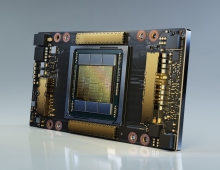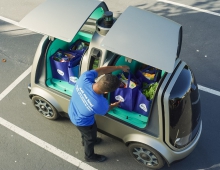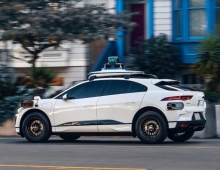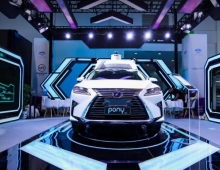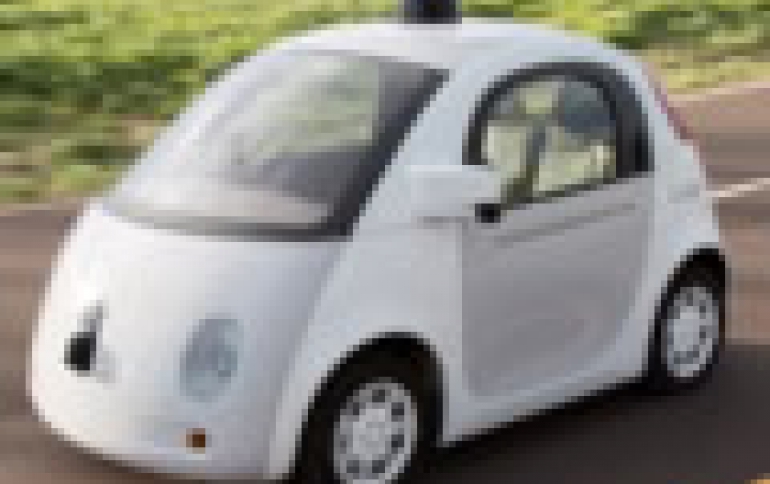
Green Lights for Google's Self-driving Prototypes
Google is reafy to take the next step for its self-driving vehicle project. This summer, a few of the prototype vehicles the company has created will leave the test track and hit the roads of Mountain View, Calif., with Google's safety drivers aboard. Google says it has been running the vehicles through rigorous testing at its test facilities, and ensuring the software and sensors work as they’re supposed to on this new vehicle. The new prototypes will drive with the same software that Google's existing fleet of self-driving Lexus RX450h SUVs uses. That fleet has logged nearly a million autonomous miles on the roadsso far, and recently has been self-driving about 10,000 miles a week.
Google says its software has gotten much better over the last year at classifying objects, like trees and mailboxes, and predicting behavior of pedestrians and other cars.
Each prototype’s speed is capped at 25mph, and during this next phase of Google's project the company will have safety drivers aboard with a removable steering wheel, accelerator pedal, and brake pedal that allow them to take over driving if needed. And the pod can only drive in areas that have been thoroughly mapped by Google.
"We’re looking forward to learning how the community perceives and interacts with the vehicles, and to uncovering challenges that are unique to a fully self-driving vehicle-e.g., where it should stop if it can’t stop at its exact destination due to construction or congestion," said Chris Urmson, Director, Google Self-Driving Car Project.
In the coming years, Google will run small pilot programs with its prototypes to learn what people would like to do with vehicles like this.
Convincing drivers that driverless technology is safe is one of the hurdles the company must overcome. Earlier this week, Google acknowledged 11 minor accidents in the six years it has been testing autonomous cars.
Google isn't alone in developing self-driving cars. Mercedes-Benz, Infiniti and other brands already have advanced driver assistance systems, like lane keeping and adaptive cruise control, that can pilot the car on the highway with minimal input from the driver.

